| Plant Habit: | Shrub |
| Life cycle: | Perennial |
| Sun Requirements: | Full Sun to Partial Shade |
| Water Preferences: | Mesic |
| Minimum cold hardiness: | Zone 5a -28.9 °C (-20 °F) to -26.1 °C (-15 °F) |
| Plant Height: | 3 feet (.9m) |
| Plant Spread: | 4 to 6 feet (1.2-1.8m) |
| Leaves: | Deciduous |
| Fruit: | Showy Edible to birds |
| Fruiting Time: | Summer Late summer or early fall |
| Flowers: | Showy Blooms on old wood |
| Flower Color: | Red |
| Bloom Size: | 1"-2" |
| Flower Time: | Spring |
| Uses: | Windbreak or Hedge Erosion control |
| Edible Parts: | Fruit |
| Eating Methods: | Cooked |
| Propagation: Other methods: | Cuttings: Root Division |
| Pollinators: | Bees |
| Miscellaneous: | With thorns/spines/prickles/teeth |

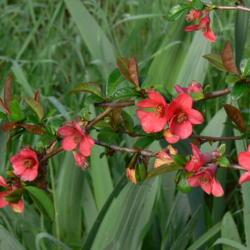
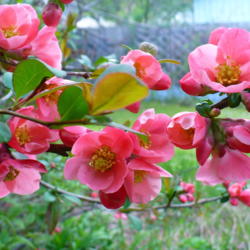


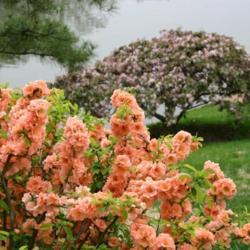


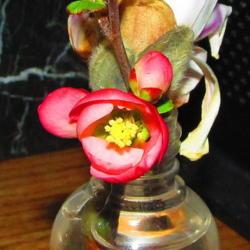
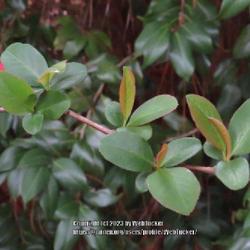
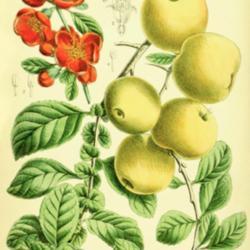
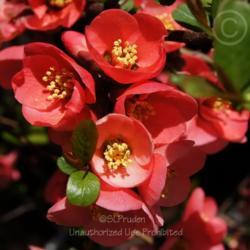

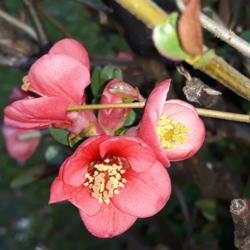
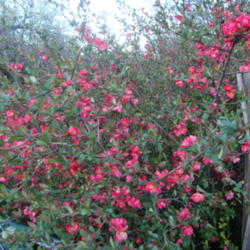
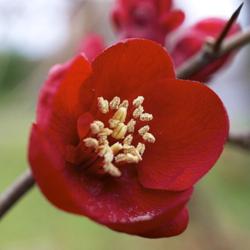
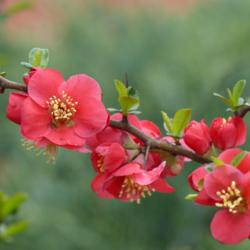
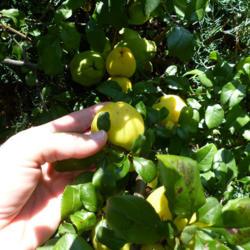
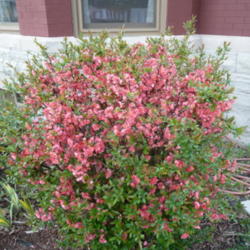
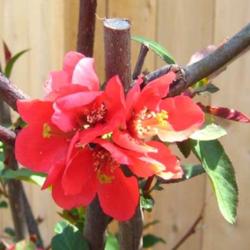
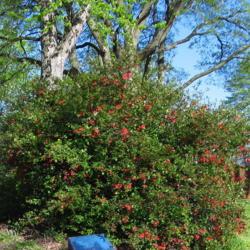

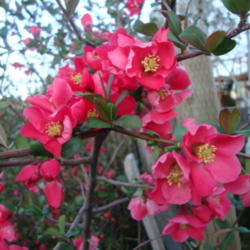
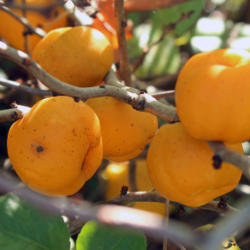
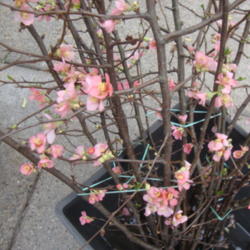
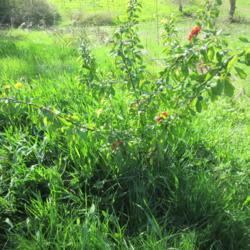
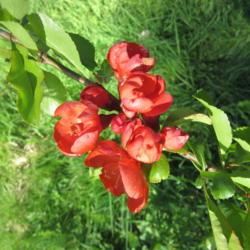
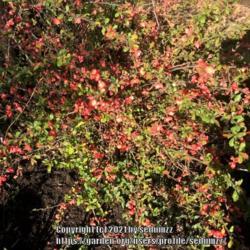


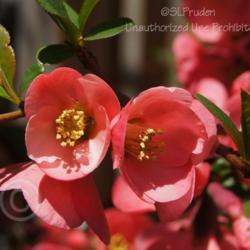


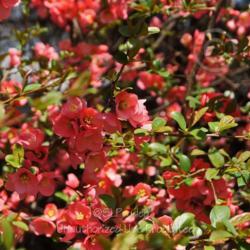


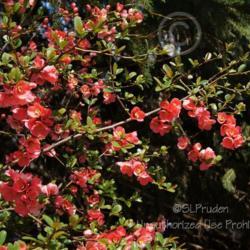
| WebTucker | On February 26, 2023 | Bloomed |